Qoria
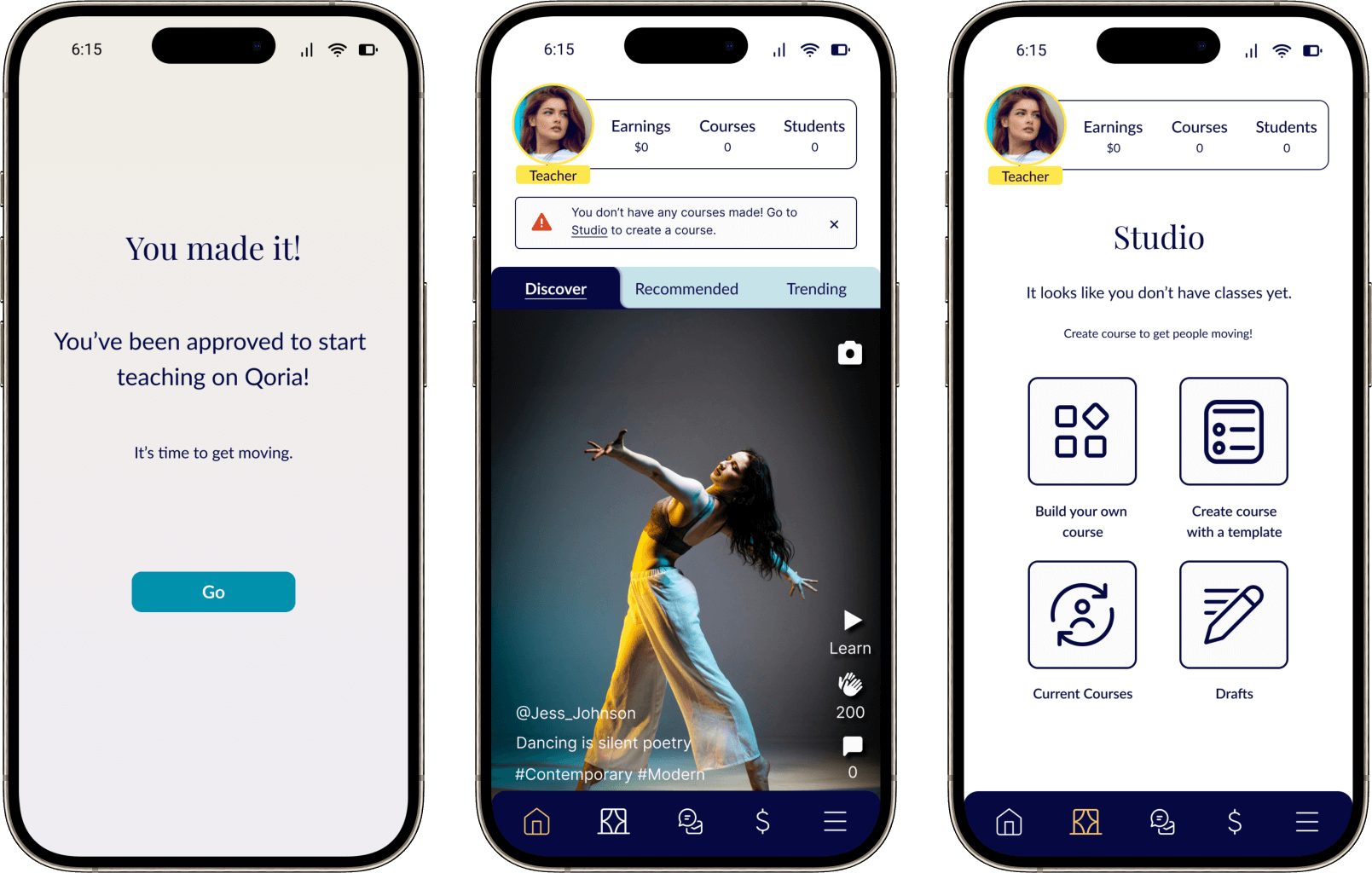
UX Research Lead on team of 4, UX/UI Designer, UX Writer
Figma, Figjam, Maze, Trello, Canva
3 weeks
Background
Qoria was born from the pandemic and aims to connect dancers and teachers from all around the world. Qoria aims to curate unique experiences for dancers looking to learn and progress in their skills. The company’s goal is to connect students, teachers and artists to share and learn dance techniques while providing a social community.

The Challenge
To create an application for Qoria that fosters a dance community providing teachers with a supportive platform to create online dance courses.
The Problem
Qoria is an interactive and engaging up and coming platform that aims to provide dance teachers with a way to monetize their skills and talents outside of the traditional dance studio. As dance is a very creative field, teachers can often feel lost or stuck when tasked with creating a structured plan for online classes. Many dance teachers can feel unsure and weary of a new teaching process if it’s too complicated and has no outlet for support.
The Solution
When it comes to a new application, support can go a long way. Within the team’s design of Qoria, new dance teachers are now greeted to an onboarding process to help them get started setting up their teacher profile and are then guided through a tour of the application. For those dance teachers who desire help in creating course modules, they can opt to utilize an intuitive course template displaying sample class information to inspire and evoke new ideas as well as a progress indicator to provide guidance and support.
The Design Process
Qoria's Backstage Pass
Company Research
To better understand Qoria as a company and how we could create the most impactful and beneficial product, my team and I conducted in depth company research. From our research, we learned that Qoria is struggling to get dance teachers to want to use the application. Qoria’s platform would allow dance teachers to create courses to help monetize their skills in addition to their day-today jobs. However, not all dance teachers have had experience making formalized courses with lesson plans leading to hesitation and limited potential users.
Therefore, my team and I felt that it would be most beneficial to focus on the teacher perspective of Qoria. By empowering dance teachers to confidently create course modules, we can foster a seamless process for generating informative content. This approach will contribute to the growth of the course library, ultimately attracting a broader audience. As more dance teachers produce engaging and impactful lessons on Qoria, student participation is likely to increase significantly.
Dancing through Design Rules
Heuristic Evaluation
To begin our research, I led my team in conducting a heuristic evaluation on Qoria’s current wireframes to systematically assess the user interface for usability issues and adherence to established design principles. This proactive evaluation was aimed at identifying potential usability challenges early in the development process, ensuring a more user-friendly and efficient final product.
The main categories we found that had important violations were within the principles of Visibility of System Status, Aesthetic and Minimalist Design, Recognition rather than Recall and Help and Documentation.




Dance of Comparison
Competitive Analysis
To get a sense of how current instruction platforms structure their experiences, I led my team in conducting a pluses and deltas competitive analysis. We chose to analyze Steezy, CLI Studios, Youtube and Masterclass to identify key strengths and weaknesses that would help to create and design a positive user experience for Qoria users.
My team and I derived the most valuable insights from CLI Studios and Masterclass, and they are outlined below.
CLI Studios

- Onboarding allows dancers to choose goals and dance styles.
- Teachers can skip the new dancer onboarding sequence.
- Provides teacher training from leading experts.
- Provides a variety of dance styles.

- Lacks real-time feedback and interaction with teachers.
- No social community interaction.
- High barrier for new teachers to use the platform.
- Teachers are not able to upload their own teaching content.
- Not enough variation in class levels offered.
MasterClass

- Primarily features renowned dance teachers.
- High video production quality.
- Provides diverse topics to cater to varied interests.
- Lifetime access granted upon class purchase.

- High barrier for new teachers to use the platform.
- Can be relatively expensive.
- No interactivity between teachers and students.
- Not enough variation in class levels offered.
Results emphasized the importance of:
1. An intuitive onboarding process to orient new users
2. Providing a method for interactivity between teachers and students
3. Generating a feeling of community to increase user engagement
4. A variety of dance styles with a range of experience levels
Steps into Users' Shoes
User Interviews
My team and I conducted user interviews to understand dance teacher’s friction points of making online dance class modules and to learn what motivates dance teachers to join a community.
I facilitated sessions with my team to analyze the results of our interviews and identify the key motivations, behaviors and frustrations of dance teachers.





Character Cha-Cha
User Persona
Meet Chloe!
Chloe is a passionate dance teacher with a vision to share her expertise beyond the confines of a traditional dance studio.

“Dance is more than just movement; it’s a language that transcends boundaries.”
Goals:
- Monetize dance skills in addition to current methods.
- Make video lessons and lesson plans for classes.
- Share dance knowledge in a way that is easy for students to engage with.
- Stay in touch with students when traveling and away from dance studio.
Pain Points:
- No way to translate her dance teaching skills to an online setting.
- When there is no guidance for making lesson plans.
- When there is a big learning curve to adapt to new technology.
- Can’t support her students when she’s away from the dance studio.
Defining Dance Hurdles
Problem Statement
Chloe needs a way to share her passion for teaching dance so that she can make money doing what she loves anywhere in the world.
Questions that Dance
How Might We
How might we create a way for dance teachers to monetize their dance skills?
How might we create a way for dance teachers to feel confident when making video classes?
How might we create a way for dance teachers to continue teaching when they are away from the studio?
Design Choreography
User Flow
Based on Chloe’s goals, I led my team in creating a user flow that outlines the path Chloe would follow on Qoria.
Chloe would engage in an onboarding process that supports her in setting up her teacher profile. She would then take a guided tour of the Qoria application so that she is familiar with all the exciting functions that she will be able to utilize. Chloe would then create a course using the course template and proceed to finalize and post her course.
Steps to Organization
Information Architecture
Keeping Chloe in mind, my team and I created a hierarchy site map to display how information will be organized as well as to depict the relationship between various sections and pages that dance teachers could interact with in Qoria.
Grooving on Paper
Sketches
Keeping our user flow in mind, my team and I engaged in a design studio where we individually crafted sketches, convened to discuss our ideas, and collaboratively developed a new version by incorporating the most promising concepts.
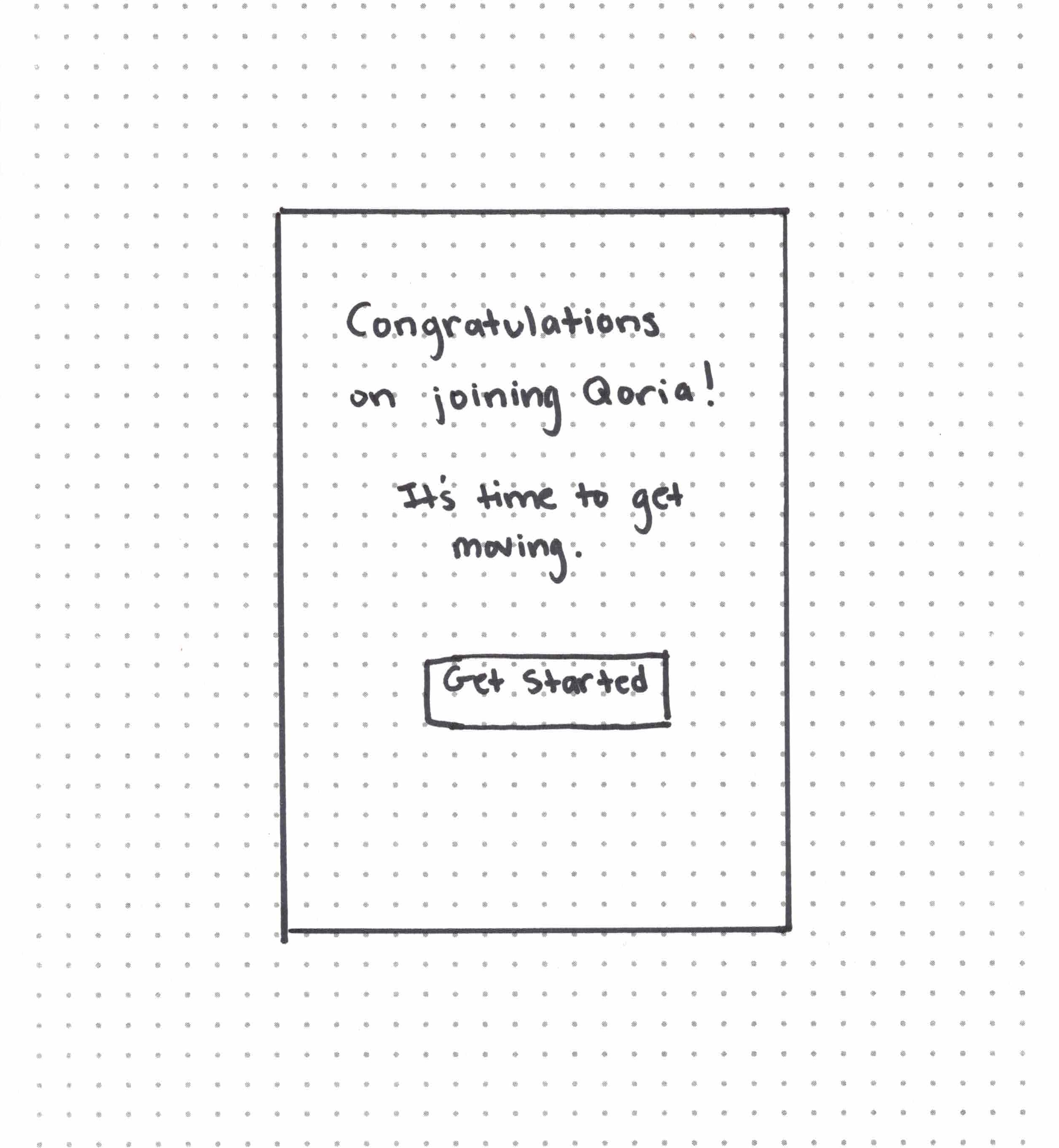
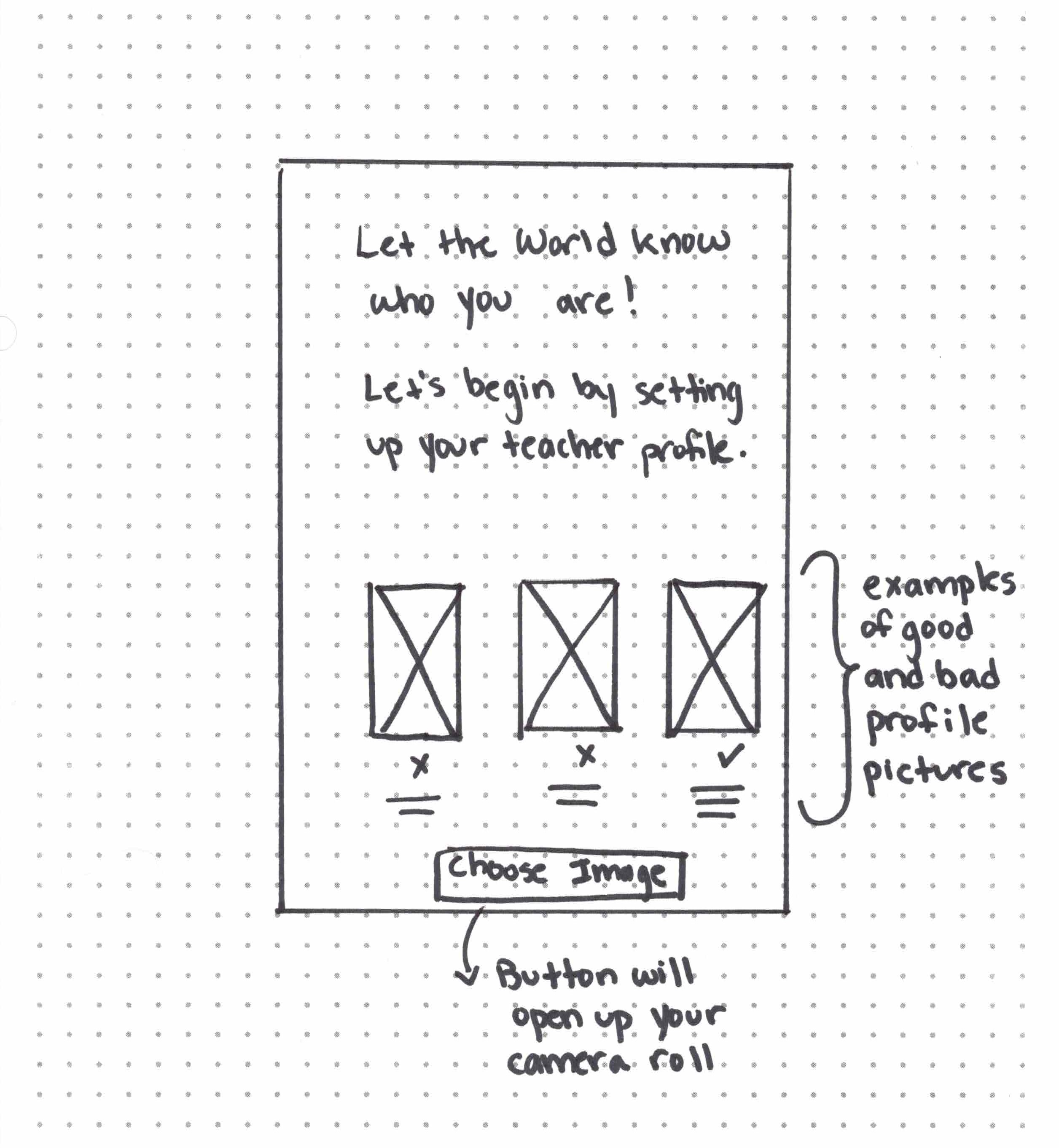
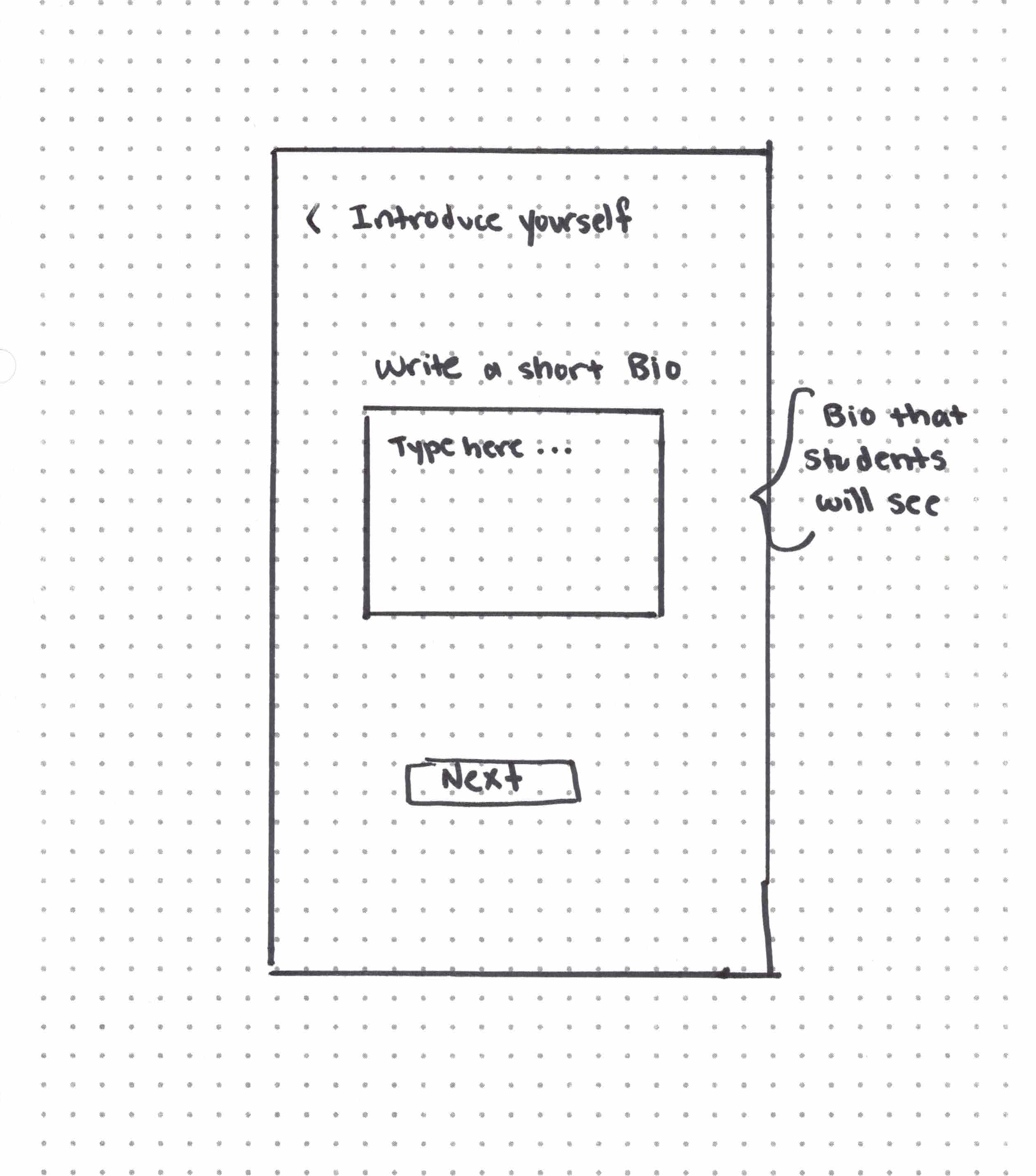
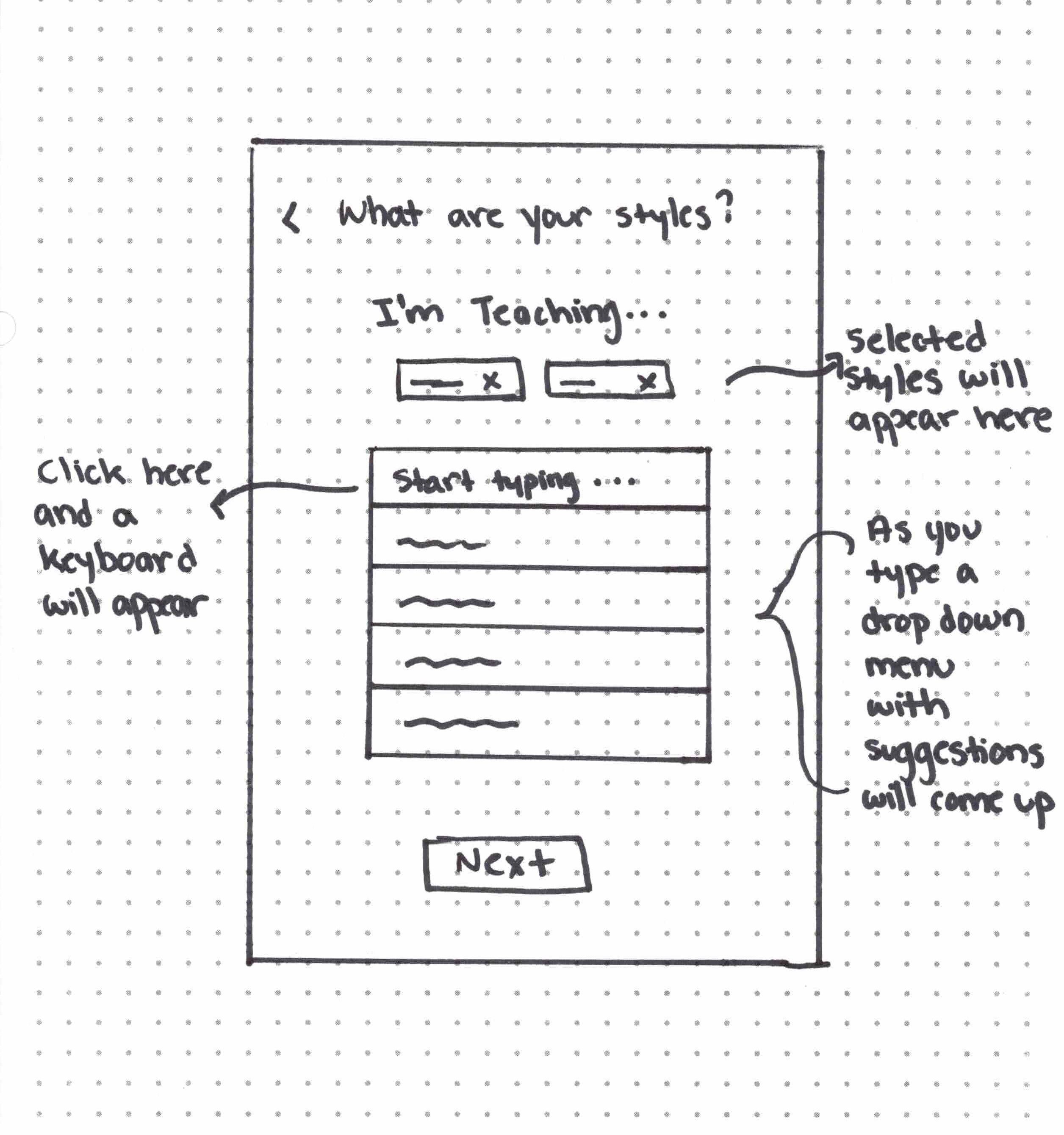
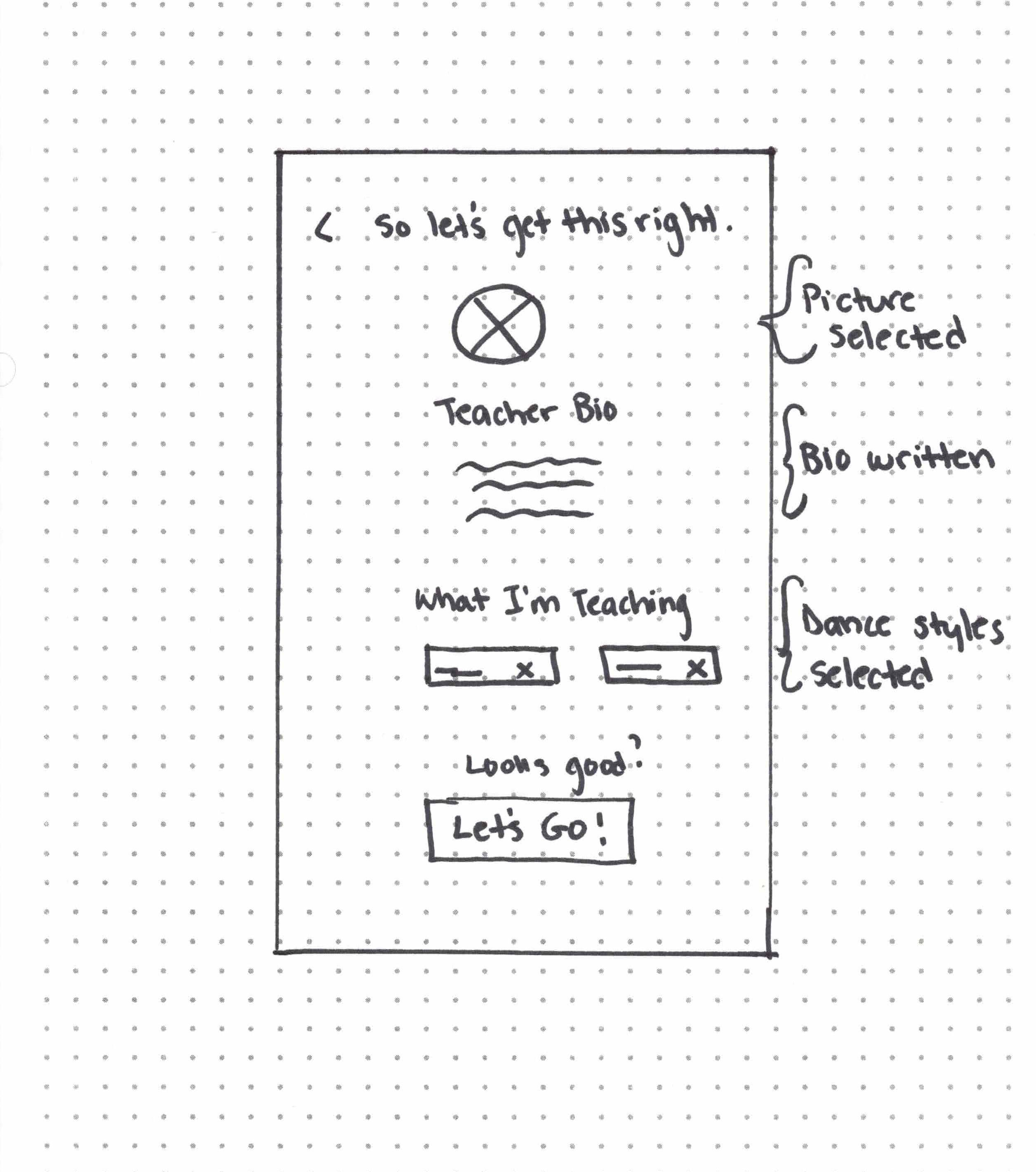
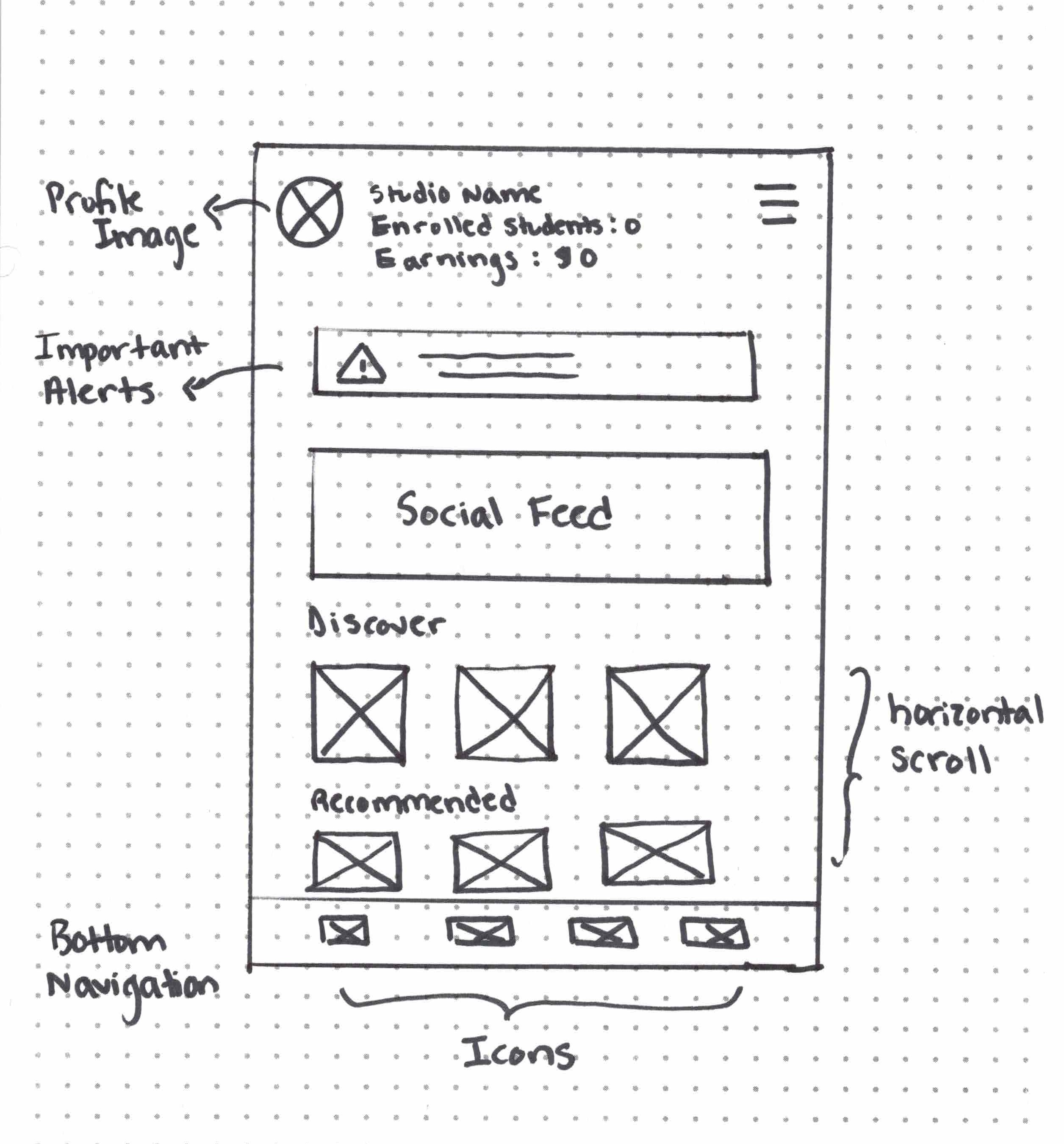
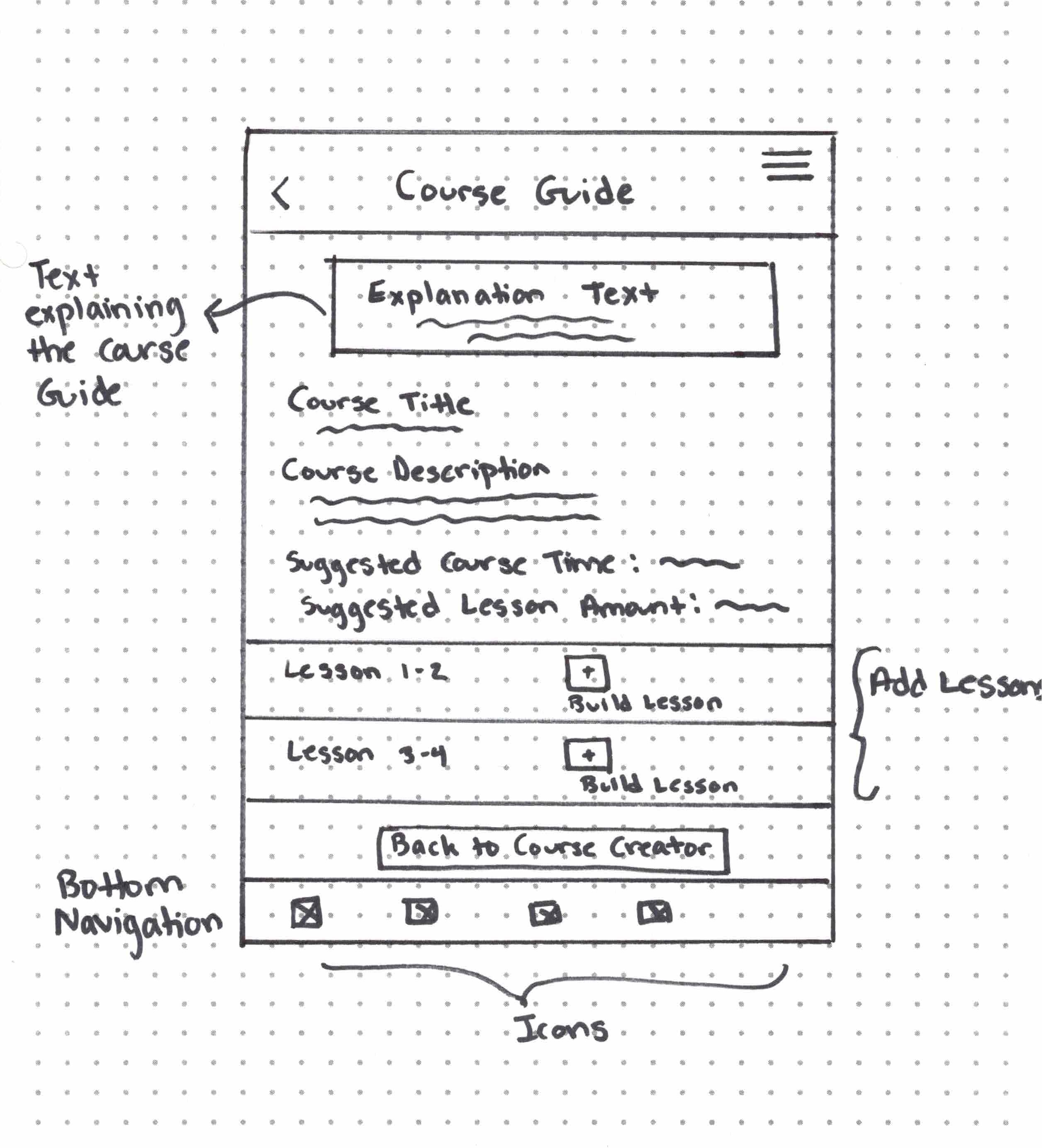
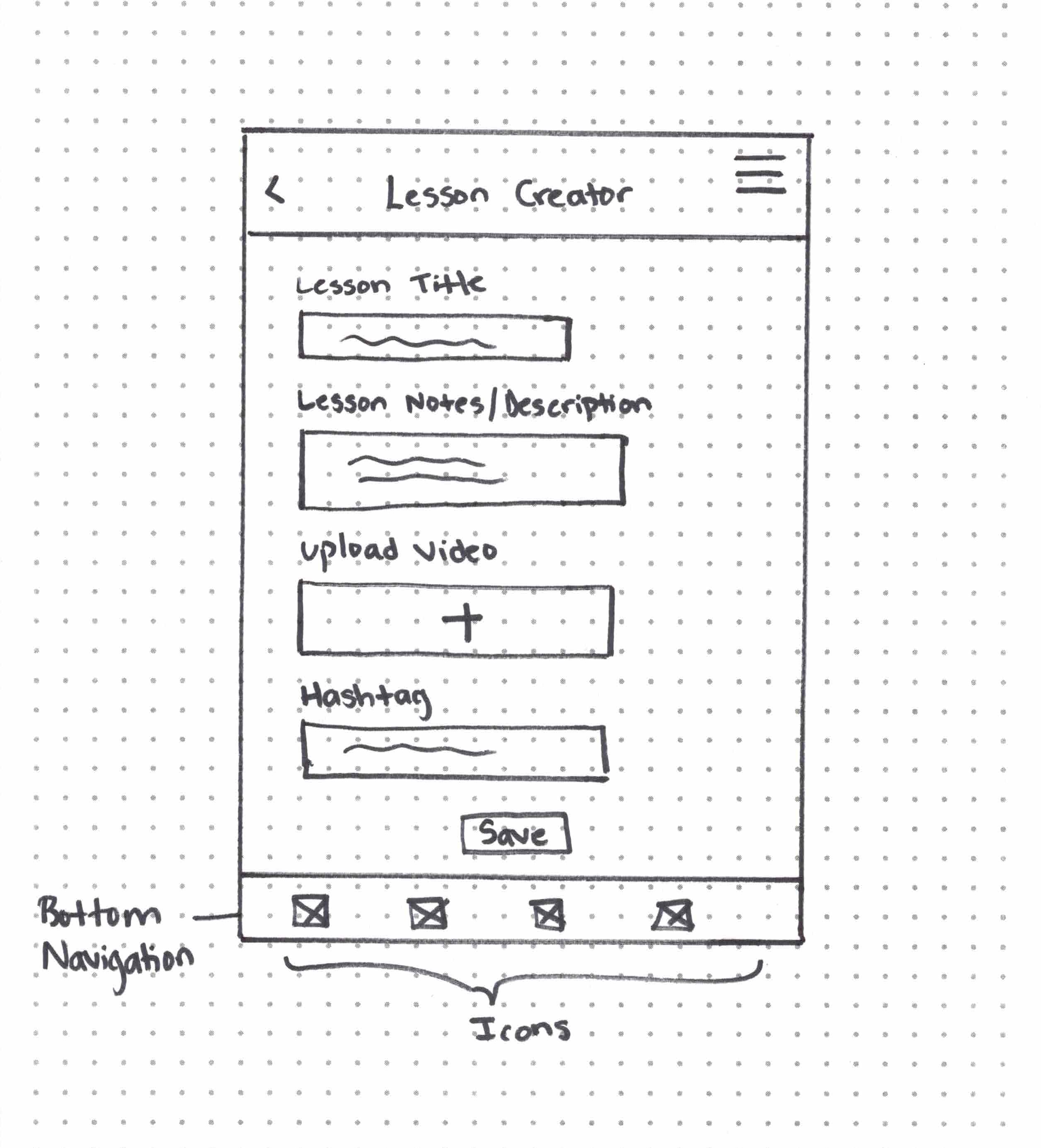
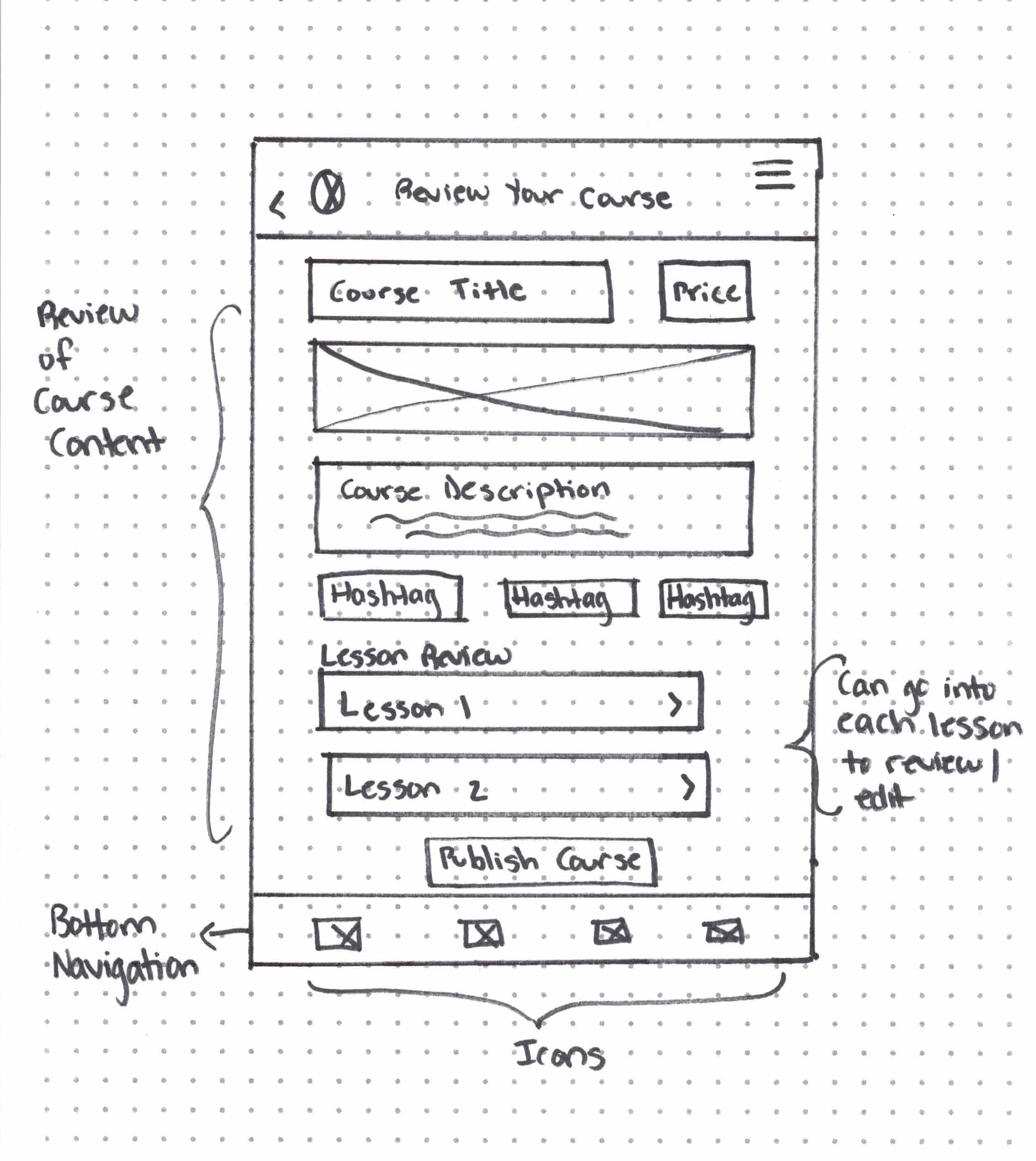
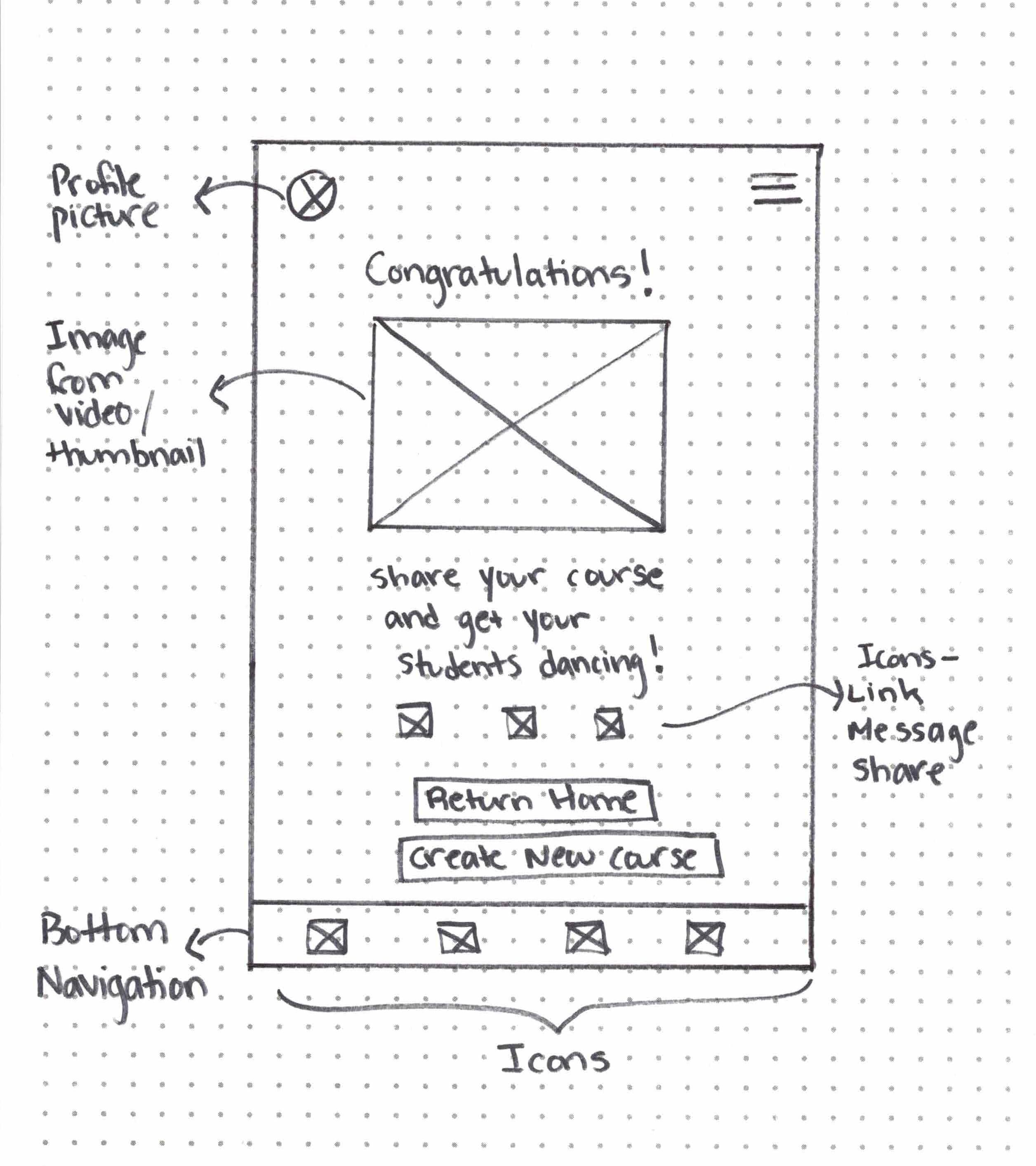
Test the Tango
Usability Testing: Round 1
Utilizing the final sketches, we translated our ideas into low-fidelity prototypes and subsequently conducted usability testing to iteratively refine and enhance the user experience.
Following a thorough group analysis of the collected data through affinity mapping, we uncovered key insights that were incorporated into the mid-fidelity designs.
Pattern
Participants found the course guide to be confusing since it had a back and forth aspect.
Insight
Users want an intuitive way to complete a form where all information is grouped together.
Solution
Eliminated the need to navigate back and forth by having the course template on one page.
Before
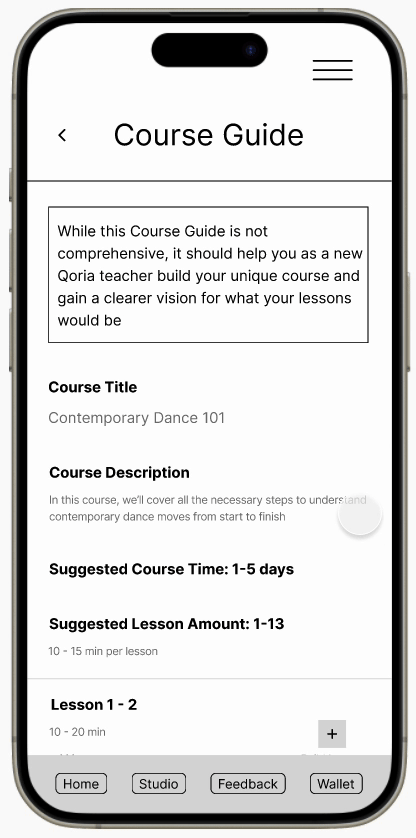
After
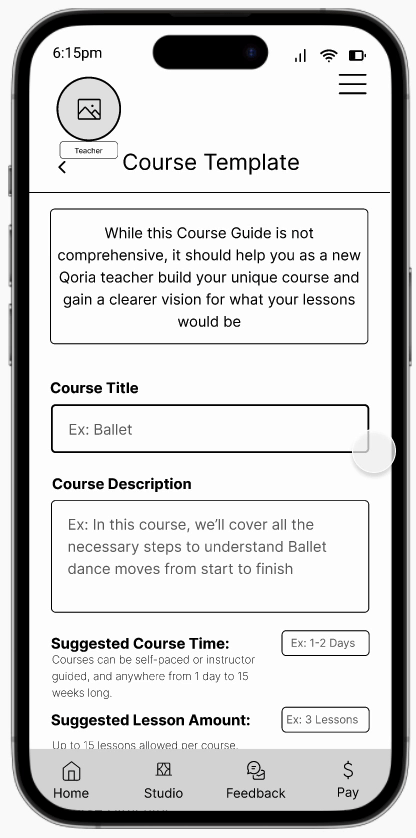
Usability Testing: Round 2
Utilizing mid fidelity prototypes, my team and I conducted usability testing to determine what specific difficulties users had when onboarding and completing the course creation processes.
After analyzing the data and identifying key patterns and insights, we made iterations within the high-fidelity design.
Pattern
Participants felt constrained when required to complete the course template in the order provided.
Insight
Users want autonomy to move through and complete a form in a way that is intuitive to them.
Solution
Restructured the course template by utilizing an accordion function so that users can complete the information in any order.
Before
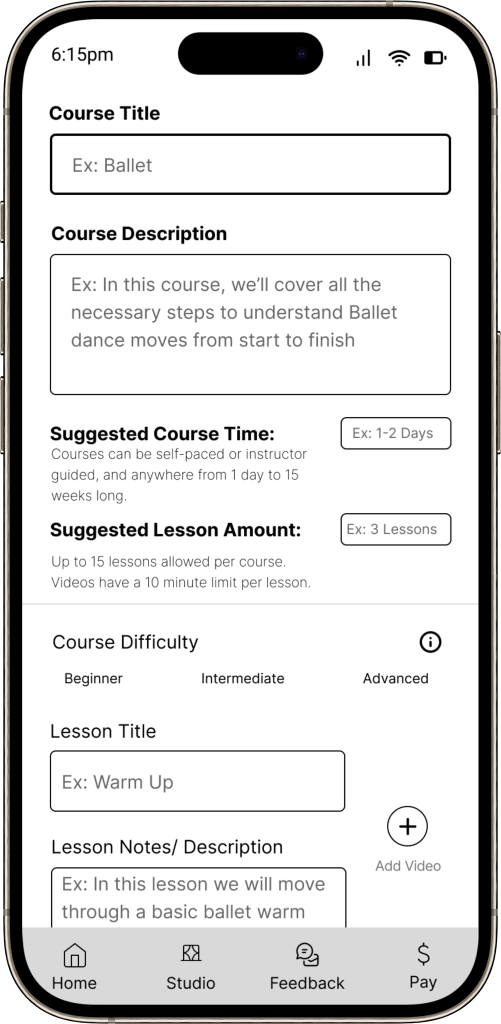
After
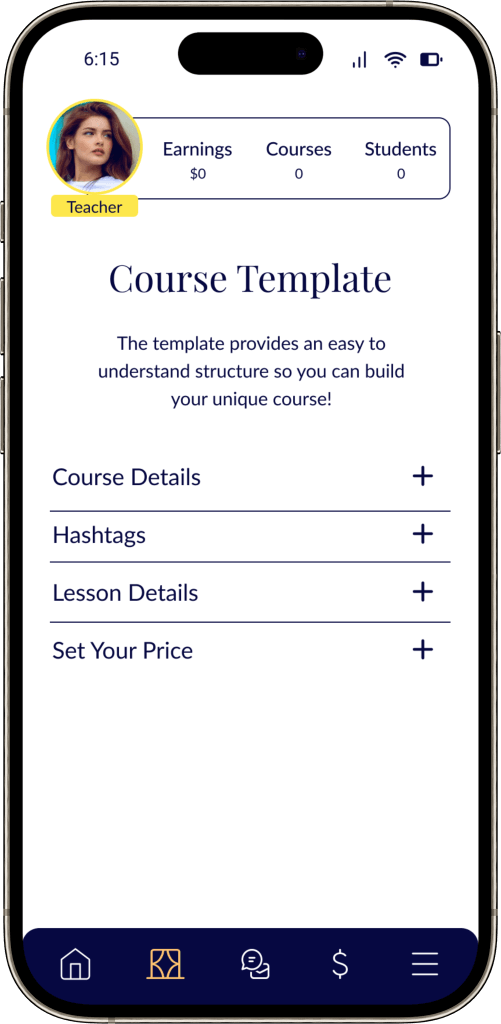
Pattern
Participants were unsure where to click to add a video within the course template.
Insight
Users need clear visual cues to identify the location of clickable actions.
Solution
Adjusted the placement of text fields and created a more prominent button to add a video.
Before
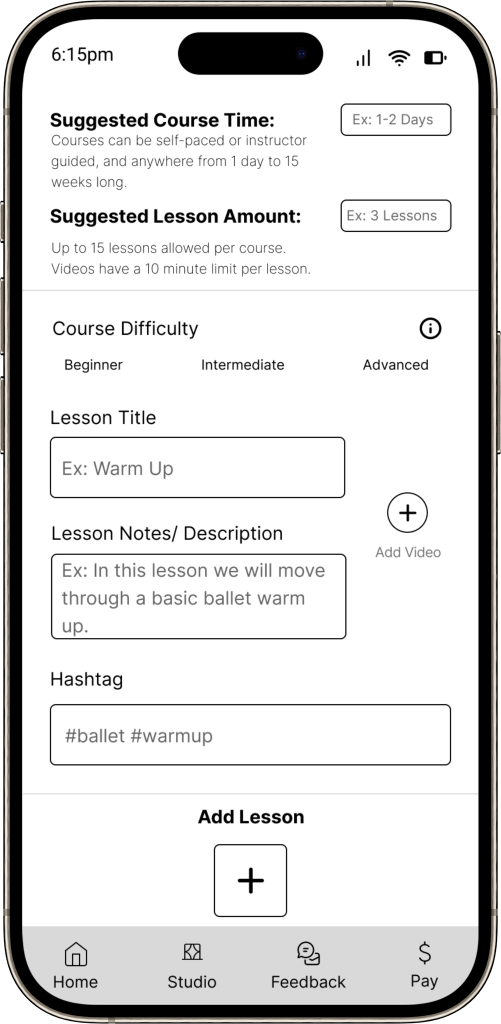
After
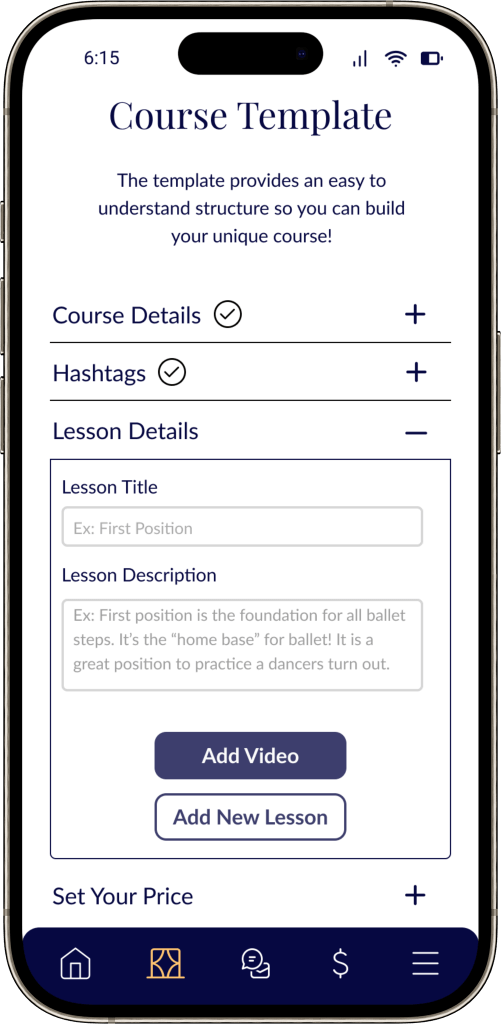
Pattern
Participants clicked on the explanation text at the top of the course template.
Insight
Users need clear cues differentiating clickable and non-clickable actions.
Solution
Removed the border around the explanation text so that users would not mistake it for a clickable text field.
Before
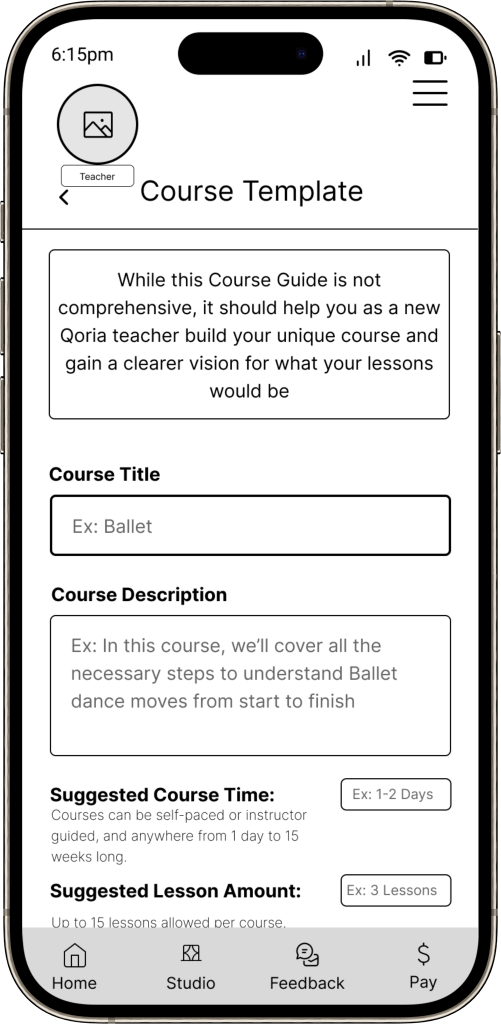
After
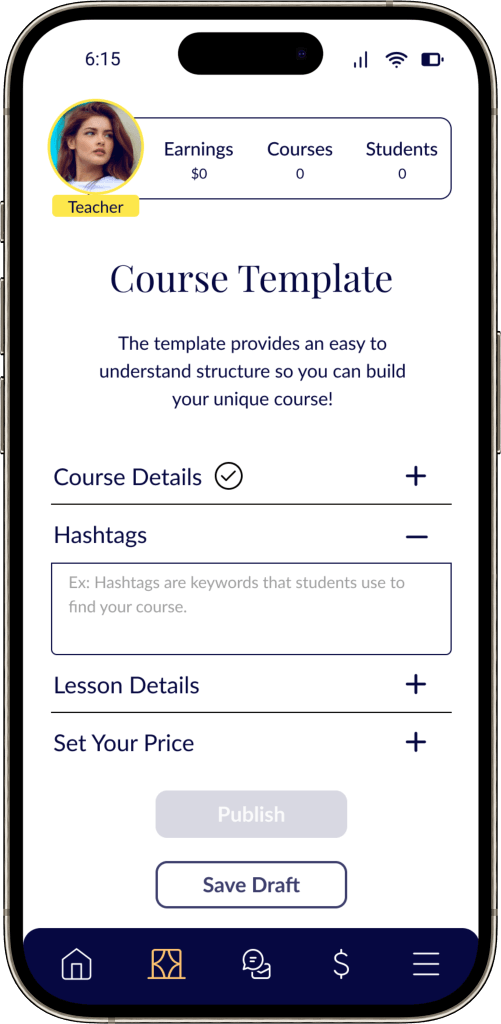
Design Showcase
Final Version
Guide Waltz
Style Guide
In the initial stages of the project, my team and I leveraged the wireframes provided by Qoria to lay the foundation for our style guide. Recognizing the importance of accessibility, we rigorously tested the color palette to ensure compliance. Uncovering that many initial colors fell short of accessibility standards prompted a comprehensive ideation process, resulting in a refined color palette that not only aligns with the Qoria brand but also prioritizes inclusivity.For the typography, we chose Playfair Display for all headings, a serif typeface renowned for its high-contrast characteristics, adding elegance to all pages. Complementing this, we utilized Lato for body text, a sans-serif typeface chosen for its warmth, strong structure, and ability to convey stability and seriousness.
Dance for all Abilities
Accessibility Considerations
Inclusive Palette
Identified color choices that did not meet accessibility criteria, leading to the development of an inclusive and brand aligned color palette.
Sufficient contrast
Prioritized accessibility in typography decisions by selecting fonts with high contrast and readability.
Reflections
Throughout this project, I gained a profound understanding of the pivotal role that color and typography decisions play in shaping the overall user experience. The meticulous testing of color palettes underscored the importance of accessibility, guiding the creation of a palette that aligns with brand identity while prioritizing inclusivity. Additionally, the careful consideration of typography, highlighted the impact of typefaces on readability and aesthetics.
Moreover, I learned the significance of designing layouts and features with adaptability in mind, recognizing the need for accommodation beyond dance teachers. This realization fueled a commitment to future-focused design strategies, ensuring the broad accessibility and usability of the project for a diverse user base.